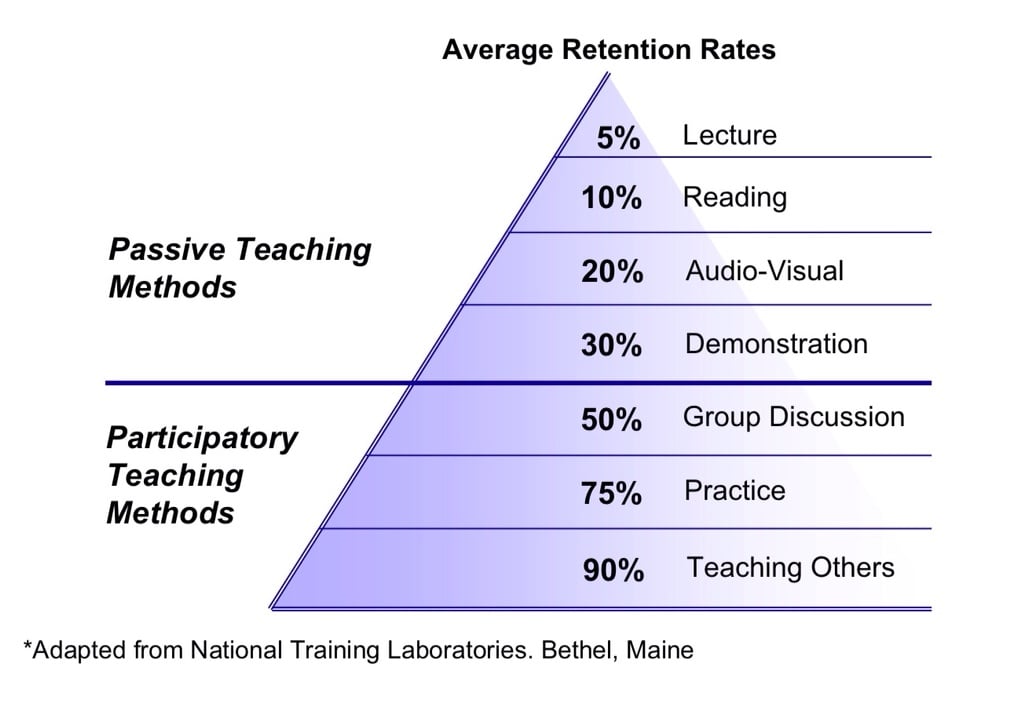
It might not be what you are expecting, but chances are you will be teaching a special needs class, or teaching students with special needs as an English teacher in Japan.
Once you get over that slightly worrying phase of “am I even allowed to do this” and “don’t you need a qualification or something”, you’ll have a chance to see how rewarding and fun teaching a special needs class can be, if you let it.
I taught a special needs class for a year in Nagoya, and actually found it to be really fun and rewarding. There were seven special needs students in the class with widely varying issues like Down’s Syndrome, low IQ and Autism Spectrum Disorder. Since I studied psychology at university, I had some ideas of what these disorders meant, but I was still totally unprepared to teach these classes. I’ve had a few students who were just a little slow or had speech affectations, to those who just scream randomly every two or three minutes during class, and others who were violent and had to be asked to leave the school. It can be hard to know what to do.
Here are some general principles that have helped me to have successful special needs classes, as well as somewhat help special needs children within a regular class.
1 – Be patient
Students with special needs might not always make sense or understand you… like, at all! You have to learn to appreciate that they won’t always (or in some cases, often) get what you’re saying and to absolutely never take out your frustrations on the students. I’ve seen teachers snatch pencils or open textbooks in an alarming and angry way, which will only confuse a special needs child further.
It can be really hard to remain calm when students are behaving in a way that makes no sense to you, but try to use empathy and realise how confusing your classroom must be to that child. A child who doesn’t understand social context (the most common affectation in autistic people) may struggle to understand why they are hearing all of these strange sounds that have no similarities to the language that they have heard their whole lives, yet still struggle with. They may even copy what you say sometimes, but in some circumstances and with some children, they may have no idea about the meaning. Just because they have heard you, doesn’t mean they understand. Staying calm and realising that they may not understand is a first step to the empathy we need to show to help these children.

Special needs children might be scared or uncomfortable hearing English, but you still have to try to help them.
2 – Realise that they have different educational goals
Some special needs children in Japan are pushed through the standard program. Part of the culture here is to be part of the group, so with age as the only metric some children are just made to go through an education program that doesn’t work for them. This part you can’t do anything about, but you can adjust your expectations of how they might behave in class and what they might produce in terms of English language. I’ve taught a six year old boy who could say “badge on shirt” every day to get me to pin his badge on his shirt. They can still get some things, but might struggle with harder stuff. That’s no reason to not give them a chance.
3 – Let them help you
Very few children in general learn optimally just by sitting and listening, and this style of teaching will be next to impossible for many learning impaired students. If you look at the pyramid of learning comprehension, you can see the best ways to help those students:

As you can see being in a group, practising and teaching others helps children to learn. Let your special needs student help you to give out the pencils for writing practice, or talk with other students, even if by rote they will remember things that will surprise you.
At the junior high where I taught a special needs class, a girl with Down’s Syndrome named Chisato always used to say hello to me in the hallway. She would call out (a little loudly) “Hello Charlie, how are you today?” Her affectation was a bit odd so other kids would laugh, but I would think about how funny it was that a girl with learning disabilities was more confident speaking English than the other children at the school.
4 – If they need it, try to make sure they have an assistant
Some children may not be able to take care of themselves during class, and this can become dangerous. In one class I teach, there is a severely autistic boy who likes to run around and falls down a LOT. I try to plan active games in safe areas to tire him out, but if you’ve ever taught six year olds you know that I will tire out long before they do.
It is important, for your own security as well as for the child’s safety, to tell the school about the issues you see happening in the class. Even if the school is aware of the child’s disorder, you could still find yourself in hot water with parents if the child has an accident.
5 – Take regular breaks for water and to move
As I’ve said before, children need to move, and this is even more true of special needs children who may not have the self control to sit while being spoken to in a foreign language for very long. Having a game or something to do with them for a little while between tasks or as a part of your lesson will really help your time with these students to be more enjoyable and less stressful.
6 – Watch out for bullying
It happens, and kids can be mean. Make sure you are vigilant against bullying and don’t let children get away with being mean to children who have issues that others may be too young to understand. Especially don’t let yourself become a part of it (it’s easier to behave like a bully than you think); a previous school I taught at had a teacher who would use a special needs child in his class as a kind of prop for a joke. This is totally unacceptable and I’m glad the school in this instance took my side in taking this teacher to task about his behaviour.
7 – Prepare and iterate
Don’t just go in with flashcards and industrial teaching methods that barely even work in a regular class. You need to make this kind of lesson engaging for the children, and to really gear it towards helping them. That means putting in the extra time outside of class to prepare. I used to spend more time planning my special needs class than any of my other classes, and sometimes more than all of the other classes combined. It takes a lot of extra hours of prep and research, and sometimes it won’t work even then. But I can promise you it will be worth putting in the extra time, because few classes can be as rewarding as teaching children with special educational needs.













